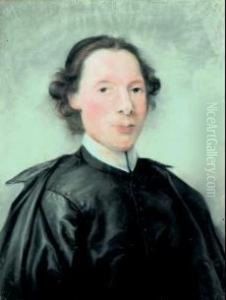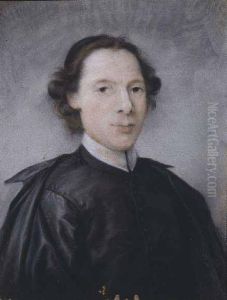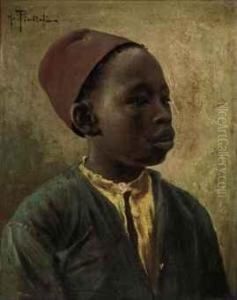Anna Piattoli Paintings
Anna Piattoli, born Anna Bacherini in 1720, was an Italian painter known for her contributions to the world of fine arts during the 18th century. Not as widely recognized as some of her male contemporaries, Piattoli carved out a space for herself within the predominantly male-dominated art scene of her time, particularly in the city of Florence where she was most active.
Born into a family with an artistic background in Florence, Anna was the daughter of a painter, which allowed her to receive training in the arts from an early age. It was during this period that women artists were starting to gain more recognition, though they still faced significant barriers in their careers. Anna Bacherini Piattoli's work primarily focused on still life paintings, a genre that was accessible and acceptable for women artists during the period.
She married the painter and engraver Vincenzo Piattoli, and the couple was part of the intellectual circles in Florence. They both were involved with the Accademia del Disegno (Academy of Design) in Florence, which played a crucial role in the artistic life of the city. Anna's reputation as an artist was such that she received commissions from the Grand-Ducal court of Florence, which was a significant acknowledgement of her talents.
Anna Piattoli's work is characterized by its delicate and precise portrayal of objects, often depicting flowers and fruits with a meticulous attention to detail. She exhibited a refined sense of composition and color, which made her paintings particularly appealing to the tastes of her patrons. Her art was in line with the Rococo style that was popular in Europe at the time, although she also incorporated elements of the emerging Neoclassical style.
Unfortunately, despite her talent and some level of acclaim during her lifetime, Anna Piattoli did not achieve the lasting fame of some of her peers. Her works were often overshadowed by those of her male counterparts, and much of her art has been lost or remains unidentified. However, recent scholarship has begun to shed more light on the contributions of women artists like Piattoli, and her surviving works are now recognized for their beauty and historical value.
Anna Piattoli passed away in 1788, leaving behind a body of work that provides insight into the world of female artists in 18th-century Italy. Her legacy is one of perseverance and skill in an era that was not conducive to the success of women in the arts.



